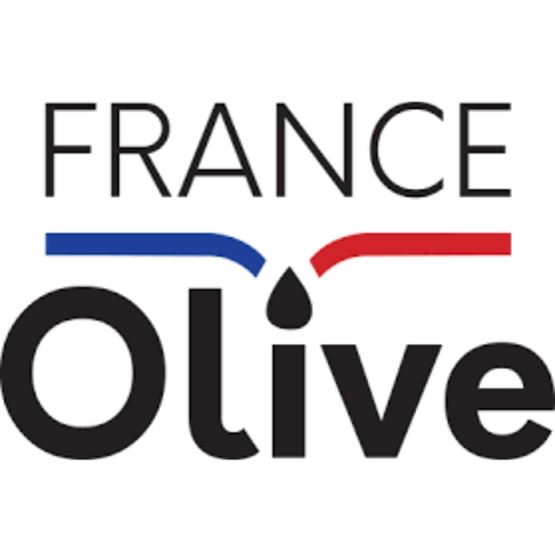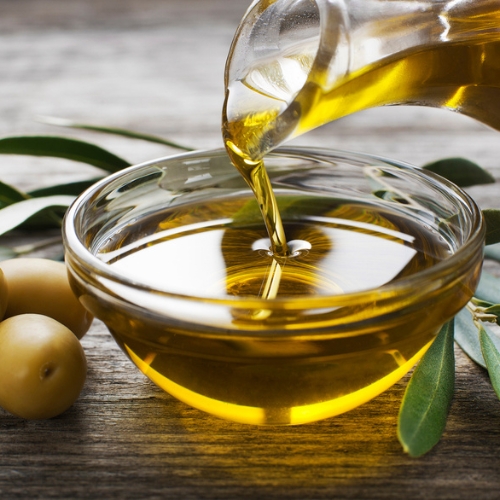An organisation dedicated to the sector
France Olive, the French interprofessional olive association, plays a key role in the development and structuring of the sector. It brings together stakeholders from both the olive oil and table olive industries, and is supported by expert divisions: agronomy, preservation & research, quality & processes, sensory & physicochemical analysis, communication & economics.
This structure enables the sector to meet the needs of professionals while promoting the unique characteristics of French olive products.

Economic and climatic challenges
Product value and transparency

The Emergence of a new olive-growing sector in France: Challenges & Opportunities
Currently positioned in a niche market, the French olive sector is on the brink of transformation.
As French agriculture must continually adapt to evolving consumer expectations, the current wine crisis is destabilising entire regions—particularly in the South of France—and putting many farms at risk. Beyond rethinking wine production and consumption, many producers are seeking to diversify and are turning with enthusiasm toward olive growing. On paper, the figures are appealing: French production accounts for only 4% of national consumption, and French olive oil sells at an average price of €25 per litre. But behind these figures lies a more complex reality:
- Very few farms survive solely on olive growing;
- Production costs are high and profit margins are low;
- Imported oils, with an average retail price of around €8/litre over the past five years, make up 96% of national consumption;
- The potential number of consumers willing to buy olive oil priced above €12/litre is limited (the recent decline in olive oil consumption over the past two years is strong evidence of this)…
The role of the interprofessional organisation is to support this transition and to best prepare for the future so that both producers and consumers benefit. It is essential to work together to avoid the collapse of the olive sector, as has happened in other agricultural industries. In this spirit, the Olive Growing Day on Tuesday 25 November aims to provide clear guidance to shape the future of the sector on solid, realistic, and shared foundations, taking into account economic realities, consumer expectations, and sustainability challenges.
At a crossroads, the French olive sector must combine tradition and innovation to tackle economic, climatic and regulatory challenges. Thanks to the commitment of its stakeholders and the support of France Olive, it must assert its identity and strengthen its position in the market, while preserving the diversity of its terroirs and ensuring product quality
Key figures of the french olive-growing sector:
A sector supported by a strong base of producers
- 40,000 olive growers, including nearly 10,000 professional growers
- 305 mills, including 261 private mills and 44 cooperative mills
- 130 registered olive processors, 15 of which processed over 10 tonnes of olives
Production firmly rooted in regional terroirs
- 1,341 tonnes: the average table olive production over 6 years
- 5,015 tonnes: the average olive oil production over 6 years, equivalent to 5.4 million litres of oil
An industry with a significant economic footprint
- The sector’s estimated turnover is €100 million
Source: France Olive

